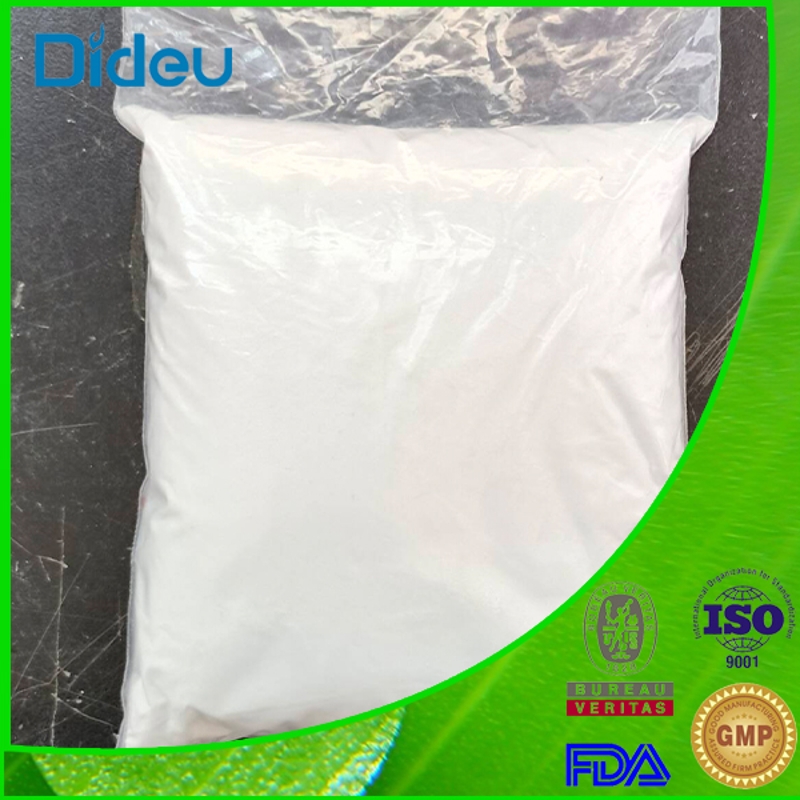Nat E. The islet MHC-II peptide group reveals the main characteristics of autoimmune peptides.
-
Last Update: 2020-07-22
-
Source: Internet
-
Author: User
Search more information of high quality chemicals, good prices and reliable suppliers, visit
www.echemi.com
There is a strong correlation between allelic variation of class II major histocompatibility complex (MHC-II) and the occurrence of tissue-specific autoimmune diseases.one of the most important processes for autoimmune pathogenesis is the combination of tissue-derived peptides and susceptible MHCII molecules expressed by antigen-presenting cells to present autoantigens to self reactive CD4 + T cells.non obese diabetic mice (NOD) spontaneously showed anti islet beta cell autoimmune response, which well mimicked many characteristics of human type I diabetes [1].the main susceptible MHCII molecules in NOD mice and patients with type I diabetes mellitus are I-Ag7 and hla-dq8 respectively, and they have common structural characteristics [2].the recognition of insulin peptide by CD4 + T cells is the main cause of autoimmunity in NOD mice. T cells of NOD mice can recognize a variety of insulin B-chain (InSb) and C-peptide (insc) peptides derived from proinsulin [3].although the autoimmune response caused by self-derived peptides has been widely discussed in autoimmune diabetes mellitus, the discovery and analysis of a series of strict biochemical tests are still needed to find out the true MHC-II epitopes in target organs and peripheral lymphoid tissues.on March 9, 2020, the team of Emil R. unanue and Cheryl f. lichti from the school of medicine, University of Washington, USA, published a paper entitled the MHC-II peptide of pancreatic islets identities key features of autoimmune peptides on March 9, 2020 It is found that the main source of the peptide is insulin.the team first isolated peptide MHC II complexes (pMHCs) from islets, pancreatic lymph nodes (PLN) and spleen of NOD mice aged 8-10 weeks, and then analyzed the peptide MHC-II peptide group (peptidome) by mass spectrometry (Fig. 1).the team isolated about 4x105 antigen-presenting cells from islets and detected MHC-II binding peptides from 112 proteins.in MHC-II peptide group, β - cell derived peptides (75 peptides from 9 different proteins) were enriched, most of which came from secretory granules of beta cells.the relative abundance of peptides from InSb and insc in islet MHC-II peptide group and the number of peptide variants were higher.in the peripheral PLN and MHC-II peptide groups of spleen, β - cell derived peptides were also found, most of which were from InSb and insc.Fig. 1 MHC-II peptide group analysis and test process. Next, the research team screened and tested the binding ability of β - cell-derived peptide with MHC-II and the ability to activate CD4 + T cells of NOD mice. ELISPOT test showed that only 5 of 21 β cell-derived peptides could activate CD4 + T cells of autoimmune NOD mice. These peptides were found in pancreatic islets and peripheral lymphoid tissues At present, most of them come from InSb and insc, such as InsB:9 - 23, ins1c: 33 – 61, ins1c: 37 – 61, ins1c: 51 – 61, etc.further analysis of immune activity of peptide group showed that MHC-II peptide group contained a large family of InSb derived peptides, and the main antigen epitopes recognized by pathological CD4 + T cells were InsB:12 – 20 epicope, and InsB:9 – 23 compared to InsB:11 - 25 yes InsB:12 – 20 epicope is a better carrier.through the analysis of insc derived peptides, it was found that the C-terminal peptide of insc can induce pathological T-cell response, and the glutamine deamidation of insc peptide can enhance the immunogenicity of the peptide.in conclusion, through the analysis of MHC-II peptide groups in islets, pancreatic lymph nodes and spleens of NOD mice, the main characteristics of autoimmune peptides in NOD mice were elaborated, which provided certain reference for the clinical diagnosis and treatment of type I diabetes.original link: for recruitment information, please click the link: recruitment summary of the research group in the first half of 2020 (0101-0307) 2020-03-08 second half of 2019 (0701-1231) 2020-01-26 reference 1. Hattori, M. et al. The NOD mouse: receptive diabetes gene in the major histocompatibility complex. Science 231, 733–735 (1986).2. Todd, J. A., Bell, J. I. & McDevitt, H. O. HLA-DQβ gene contributes to susceptibility and resistance to insulin-dependent diabetes mellitus. Nature 329, 599–604 (1987).3. Nakayama, M. et al. Prime role for an insulin epitope in the development of type 1 diabetes in NOD mice. Nature 435, 220–223 (2005).
This article is an English version of an article which is originally in the Chinese language on echemi.com and is provided for information purposes only.
This website makes no representation or warranty of any kind, either expressed or implied, as to the accuracy, completeness ownership or reliability of
the article or any translations thereof. If you have any concerns or complaints relating to the article, please send an email, providing a detailed
description of the concern or complaint, to
service@echemi.com. A staff member will contact you within 5 working days. Once verified, infringing content
will be removed immediately.







